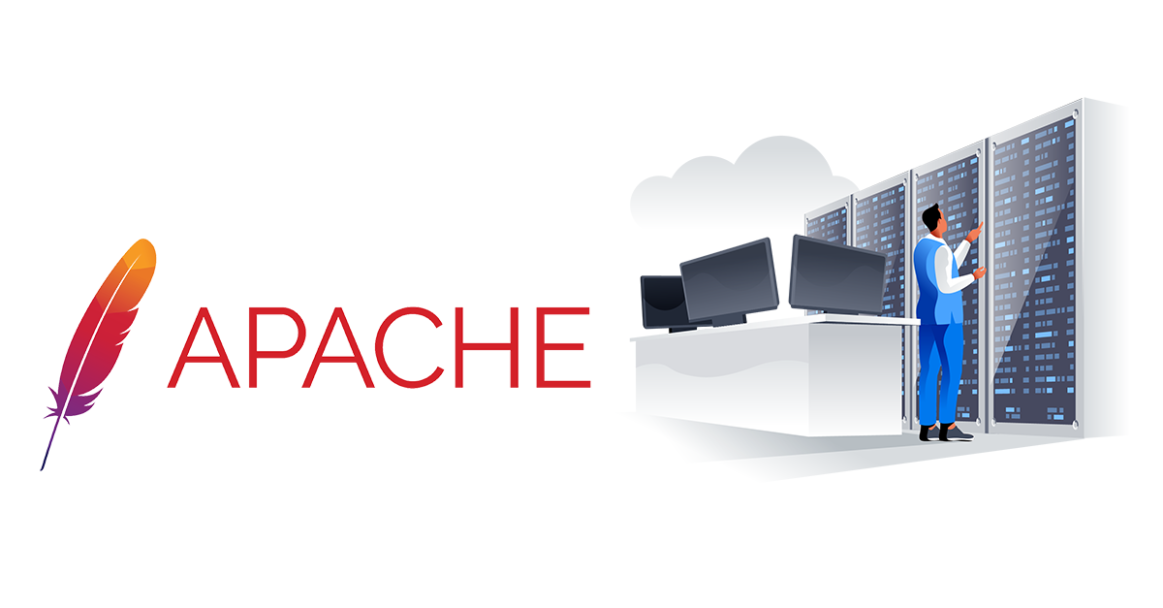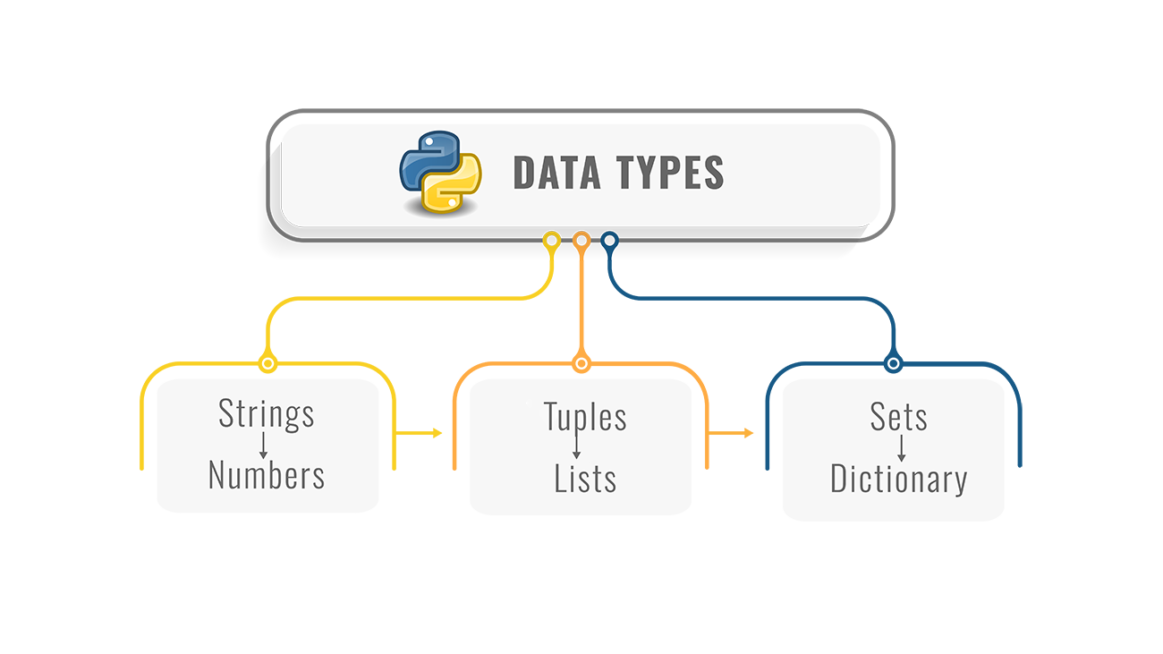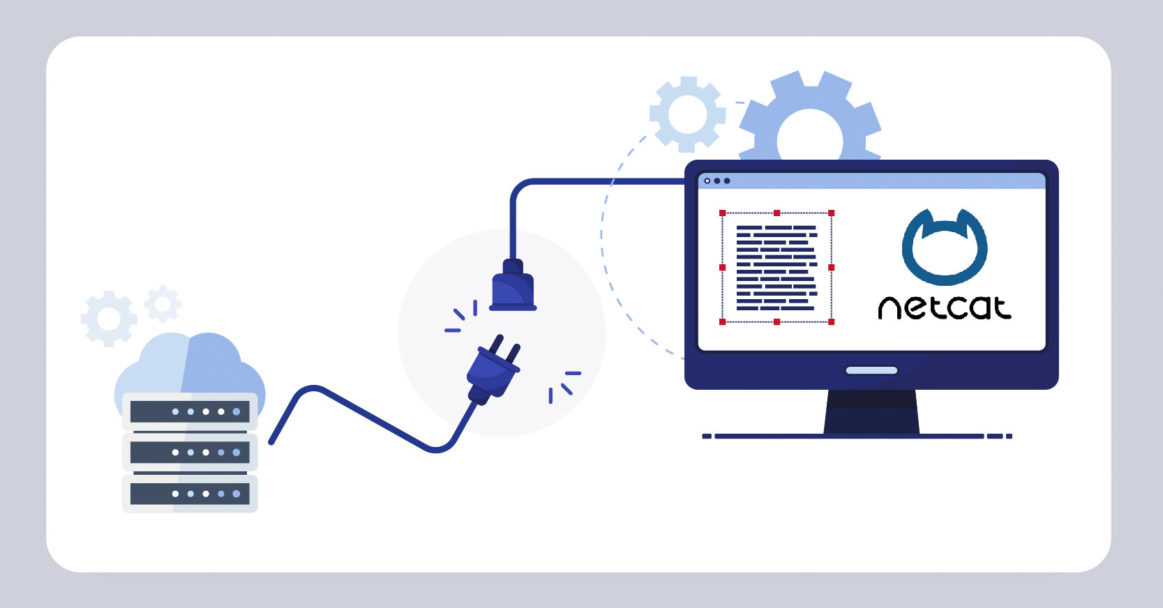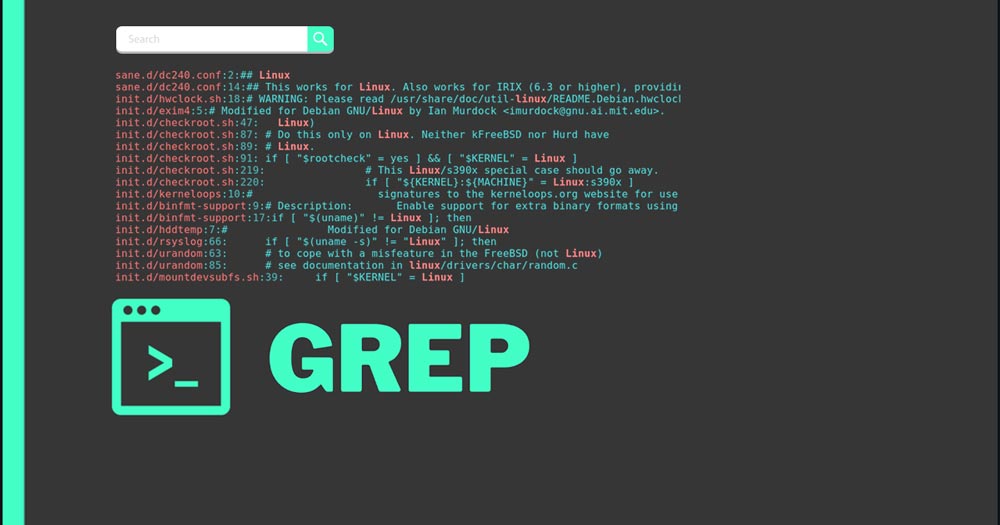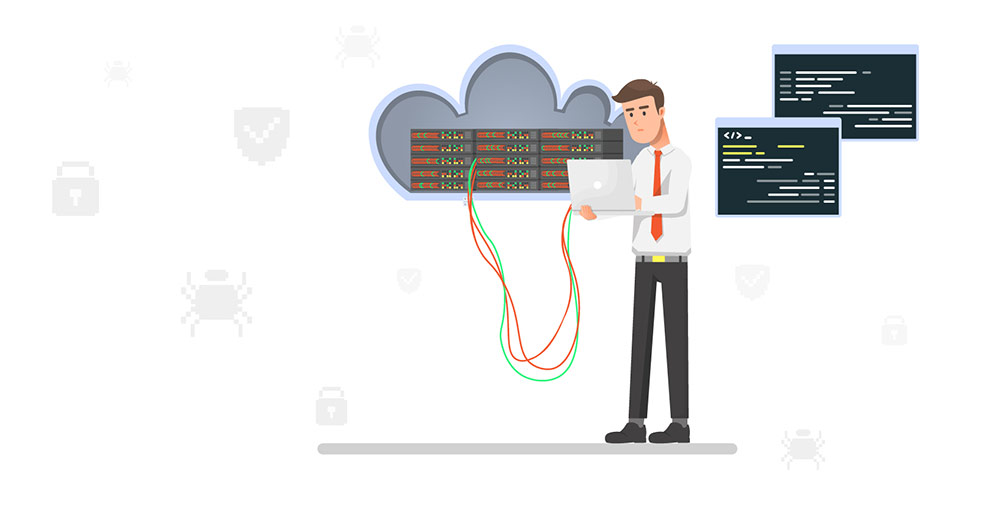Introduction Third-party extensions are extremely helpful additions. These make your experience of configuring and working with a server, such as Apache HTTP, much simpler and more facilitative. In a time of need, you can even use some of these modules in Apache to run a reverse proxy. You can either remove a layer from your server setup or you can …
Python 3: A Guide on Converting Data Types
Introduction Python is a programming language that is often used for system integration purposes. This language uses something called ‘data types’. These data types help classify or define a given type of data. This means that a particular data type pertains to specific values and operations that you can apply to it. Each data type is programmed and edited in …
Loops in Python 3: Using Break, Continue, and Pass Statements
Introduction There are two types of loops that you can employ in Python 3. You have for loops and while loops. You can use them for repeat tasks. As a result, the repetitive tasks will happen automatically, making the process more efficient. Unfortunately, your loops can encounter some problems. At times, your program may run into an issue where you …
Configuring an Iptables Firewall: Basic Rules and Commands
Introduction Iptables is a command-line firewall utility. This means that it is software that allows you to configure a firewall on your system. It is typically available by default on Linux systems. In this guide, we will discuss some of the common rules and commands that go with the iptables firewall. Whenever a connection tries to establish itself with your …
Netcat Utility on Linux: Testing TCP/UDP Connections on a VPS with Netcat
Introduction One of the biggest advantages of using Linux is the plethora of helpful utilities it provides. The in-program features are usually sufficient for most programmers to do their work. This means that most of the time, you will not need to download external programs and software. The built-in tools will provide you enough utility. Among these helpful features is …
Using Grep and Regex to Search Text Patterns
The grep command is a powerful utility to search for patterns in text. It comes pre-installed in any Linux distro. Here is our tutorial that goes over setting up the LAMP Stack -Linux, Apache, MySQL, and PHP. The name grep stands for global regular expression print. The tool searches for the specified pattern in the input. In principle, it sounds …
How to Configure a Linux Service to Auto-Start After a Reboot or System Crash: Part 2 (Theoretical Explanations)
In this second installment of the two-part tutorial on configuring Linux services to start automatically after a reboot or system crash, we will discuss the init system in detail. You can refer to Part 1 of the series: How to Configure a Linux Service to Auto-Start After a Reboot or System Crash: Practical Examples here. The current tutorial will be …
How to Configure a Linux Service to Auto-Start After a Reboot or System Crash: Part 1 (Practical Examples)
Introduction In computing, things don’t always go as planned. Oftentimes unexpected system crashes prompt system admins to initiate reboots and restart of individual services. Figuring out and restarting every service your application needs to run after a system crash or reboot can be tedious. In this first installment of the two-part tutorial, we will show you how to configure services …
SQLite vs MySQL vs. PostgreSQL: Relational Database Management Systems Compared
Introduction Database management tools are mostly used by the relational data model. This model organizes data into tables consisting of columns and rows. While this model remains dominant in terms of storing and managing worldwide data, there are other data models such as NoSQL and NewSQL out there. In this tutorial we will delve into three of the most widely …
The Nitty Gritty of Networking: Learn about Terminology, Interfaces, and Protocols
Introduction In the modern world of technology, having in-depth knowledge of how networking works has become a requirement. If you are involved in server management, then you definitely need to be aware of how it works. Having detailed knowledge about the inner operations of your service will help you keep your services in line. It will help you employ the …
Installing and Setting up Docker on CentOS 7
Introduction Docker is a platform that makes running and managing application processes in containers easier. It provides a way to separate your applications from your infrastructure. Containers are very similar to virtual machines, but they are more portable, efficient, and easy to use. There are various ways to install Docker on Linux distributions. The most popular and easy way to …
Setting up Your Application: How to Choose the Best Server Setup?
Introduction Technology and the internet have become central presences in our regular, academic, and professional lives. That is why the sheer number of websites and applications that exist concurrently does not come as a surprise. If you are a business, you would want to have an associated web platform. An application enables you to market and deliver your services to …






